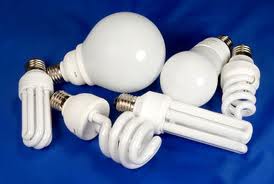 RIP Don Ritchie 'the Angel of the Gap' Where One Young Woman Survived her Suicidal Leap but Many More Die
RIP Don Ritchie 'the Angel of the Gap' Where One Young Woman Survived her Suicidal Leap but Many More DieDon Ritchie earned the title of ‘the Angel of the Gap’ for his tireless attempts over...
 UFOs Causing Problems at the Large Hadron Collider (LHC)
UFOs Causing Problems at the Large Hadron Collider (LHC) UFOs or ‘Unidentified Falling Objects’ have apparently been causing problems in the form of...
 Can the Laws of Physics Vary Throughout the Universe? Maybe, According to this Latest Research
Can the Laws of Physics Vary Throughout the Universe? Maybe, According to this Latest ResearchScientists in Australia are claiming that the laws of physics might be like local by laws which...
 Australia's Deadly Hendra Virus (HeV) Desperately Needs More Research
Australia's Deadly Hendra Virus (HeV) Desperately Needs More ResearchRight now on the east coast of Australia where I live, we have an outbreak of the deadly Hendra...







